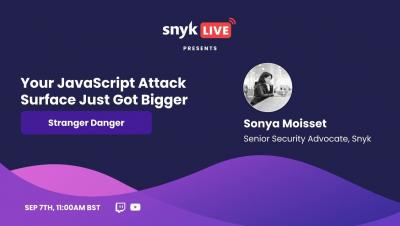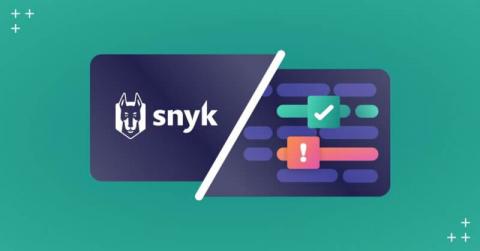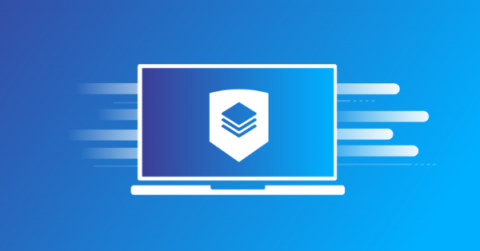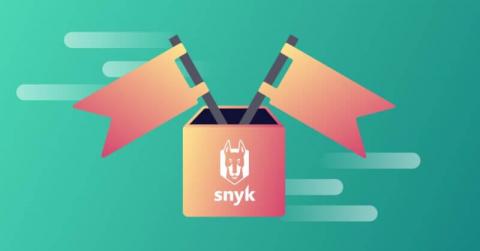Using Kubernetes ConfigMaps securely
ConfigMaps is an API object used in Kubernetes to store data in key-value pairs. It’s essentially a dictionary that contains configuration settings. Some details you might expect to find in a ConfigMap include hostnames, public credentials, connection strings, and URLs. A ConfigMap decouples an application’s code from the configurations, making it possible to alter them without impacting the application.










